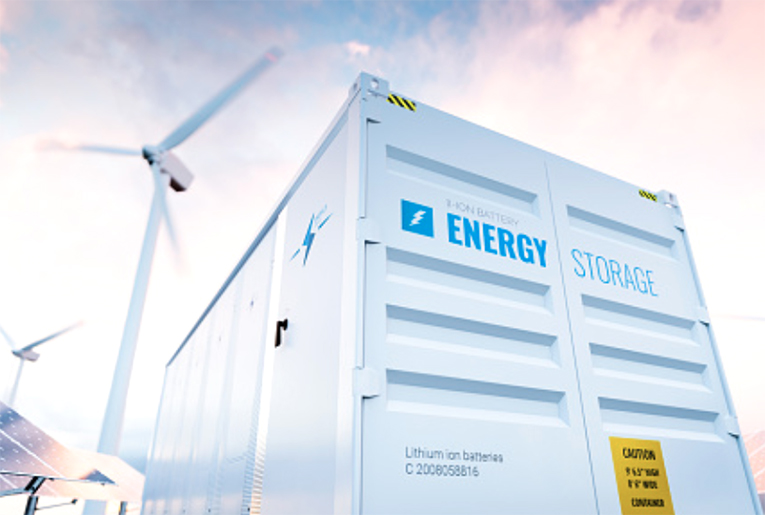Today, the U.S. Department of Energy (DOE) announced $17.9 million in funding for four research and development projects. Accordingly, these initiatives aim to scale up American manufacturing of flow battery and long-duration storage systems.
Read more of our news content, here: Conoco to sell oil and gas properties in the Central Basin: Reuters
DOE also launched a new $9 million effort—the Energy Storage for Social Equity Initiative—to assist as many as 15 underserved and frontline communities in leveraging energy storage. Particularly through his investment, the Department looks to increase resilience and lower energy burdens.
Together, these efforts will thus help provide the materials needed to expand the grid with new, clean energy sources and deliver affordable electricity to disadvantaged communities, DOE said in a press release. Similarly, the initiatives will help reach the Biden Administration’s goal of net-zero carbon emissions by 2050.
Reception and the potentialities of energy storage
Per the announcement, Secretary of Energy Jennifer M. Granholm commented; “We’re moving at lightning speed to harness renewables, and access to long-duration storage is critical for dispatching this clean energy for use whenever and wherever it’s needed.”
Sec. Granholm also noted that this investment is coupled with the Department’s first-ever Energy Storage for Social Equity Initiative. As a result, this “will help generate jobs, build more resilient communities and ensure a cleaner, healthier environment for all Americans.”
According to DOE, energy storage can accelerate the complete decarbonization of the electric grid. Although current mainstream technology focuses on shorter duration storage, more extended duration technologies are coming. For instance, like flow batteries.
Besides, these technologies are needed as more renewables are deployed on the grid. Hence, cheaper and more efficient storage will make it easier to capture and store renewable clean energy for use; particularly, when energy generation is unavailable or lower than demand.
In this sense, flow batteries, as electrochemical batteries that use externally stored electrolytes, are a less expensive, safer, and more flexible and adaptable option for long-term energy storage. DOE has thus selected four research, development, demonstration, and deployment (RDD&D) projects for a total of $17.9 million in federal funding. Consequently, the Department expects them to advance flow-battery technologies.
About the projects – DOE
The selected projects will also aim to improve manufacturing processes for individual flow battery components. Similarly, they will look to integrate those new or improved components into a prototype system with a mid-sized grid and industrial applications capacity.
Worth noting, this investment is part of DOE’s Energy Storage Grand Challenge; hence, it will be critical to achieving the department-wide Long Duration Storage Shot goal. Particularly, this target consists of reducing the cost of grid-scale energy storage by 90% within the decade. You can learn more about the selected projects here.
On the other hand, DOE also launched the Energy Storage for Social Equity initiative. It is a $9 million program designed to help communities better assess storage as a solution for increasing energy resilience. Besides, the project will primarily look to maintain affordability and combating high energy insecurities.
According to the Department, more than 65% of low-income households face a high energy burden nationally. Moreover, more than 30% of all households experience some form of energy insecurity; sometimes, for instance, some families need to forego food, medicine, and comfort to pay an energy bill.
Thus, through the Energy Storage for Social Equity initiative, selected communities will access DOE’s technical experts for assistance in conducting energy, economic, and spatial analysis. Similarly, they will get help in developing and deploying locally tailored energy storage projects.


